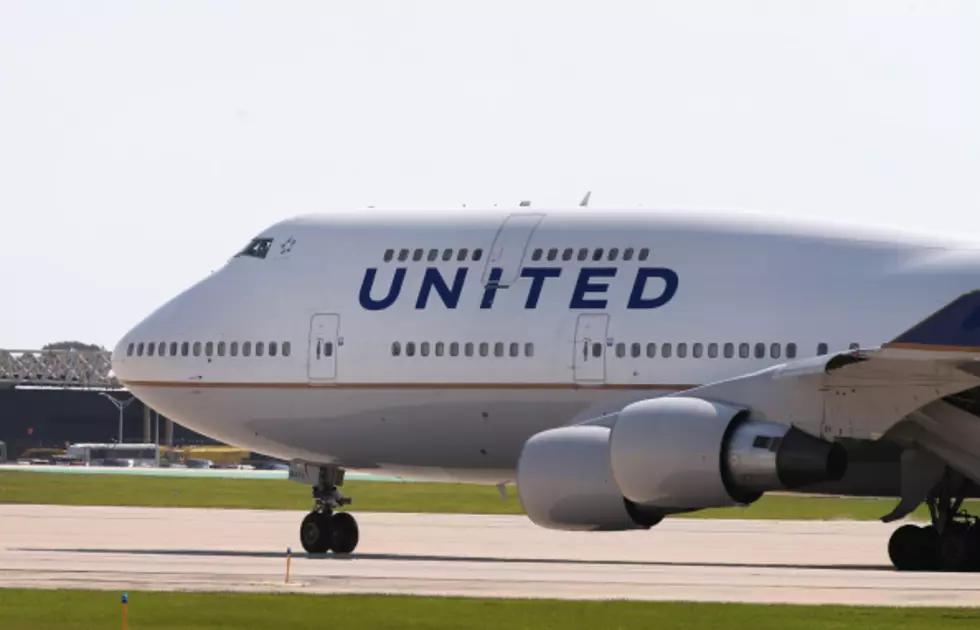
Shrinking airline seats – safety risk questioned by DOT
WASHINGTON (AP) -- The shrinking space on airplanes is surely uncomfortable but it might also be dangerous for passengers' health and safety.
Planes are filled with more passengers than ever before, fliers are older and heavier and tall travelers no longer get exit row seats for free. All of this, flight attendants warn, is leading to an increased amount of air rage. Just last summer two passengers got into a mid-air fight over reclining a seat.
Increasingly, experts question if having rows of seats packed closer together might make it harder for passengers to evacuate after a crash.
As Americans prepare for another summer of travel, a consumer advisory group, set up by the Department of Transportation, dove into all those issues at a hearing Tuesday as part of its role to make non-binding suggestions to government regulators.
Fliers last summer squeezed into the least amount of personal space in the history of flying. In July, U.S. airlines sold a record 87.8 percent of seats on domestic flights, according to the Bureau of Transportation Statics. And that figure doesn't include all the seats occupied by passengers who redeemed frequent flier miles or airline employees flying for free.
"Unfortunately, the days of the empty middle seat are a thing of the past," said Julie Frederick, a representative for the American Airlines flight attendants union.
Frederick said that following the implementation of checked-bag fees in 2008, more and more passengers are carrying on bags, fighting for overhead bin space. That anger carries over through the flight as passengers bump elbows on armrests and bang their knees against tray tables. She said there are more cases of air rage, many which go unreported.
Questions were also raised if the increased density of seats means passengers won't be able to evacuate fast enough after a crash.
The Federal Aviation Administration runs various tests including how fast passengers can evacuate a plane and how fast they can put on a life preserver. But Cynthia Corbertt, a human factors researcher with the FAA, testified that it conducts those tests using planes with 31 inches between each row of seats. Many passenger jets today have less legroom. For instance, United Airlines has 30 inches of room, known as pitch, on some jets; Spirit Airlines offers 28 inches.
"We just haven't considered other pitches," Corbertt told the committee.
Before any new jet is allowed to fly, the manufacturer must prove that everybody can evacuate in 90 seconds with half of the exits blocked.
Carry-on baggage is strewn throughout the cabin and the test is conducted in night-like conditions. However, the cabin is not filled with smoke and all of the passengers are physically fit, dressed in athletic clothing and know that an evacuation is coming.
"We'd like to see more-realistic simulations," Frederick testified. She added that most passengers don't pay attention to pre-flight safety briefings, especially now that they can use electronic devices from gate to gate.
Pennsylvania Attorney General Kathleen Kane, who chairs the DOT committee, noted concern that the FAA does not factor in human panic, especially parents who might take extra time to ensure their children are safe before evacuating.
"So they aren't the average traveler, quite honestly," Kane said.
© 2015 The Associated Press. All rights reserved. This material may not be published, broadcast, rewritten or redistributed. Learn more about our Privacy Policy and Terms of Use.
More From New Jersey 101.5 FM









